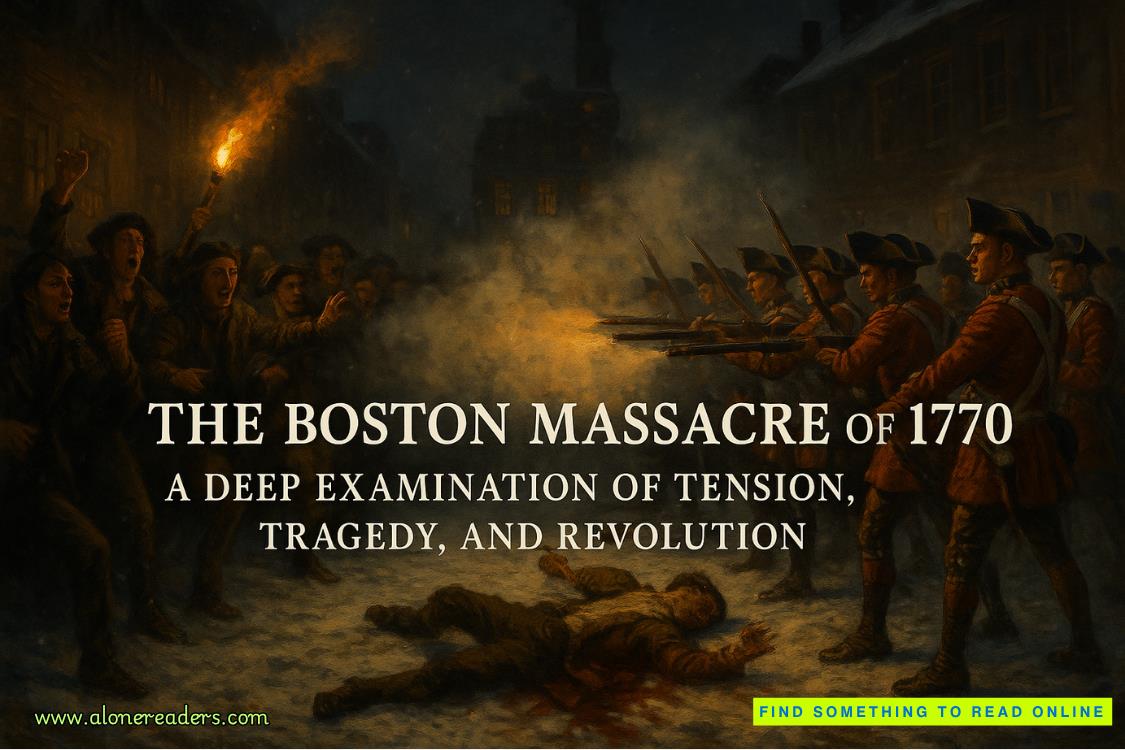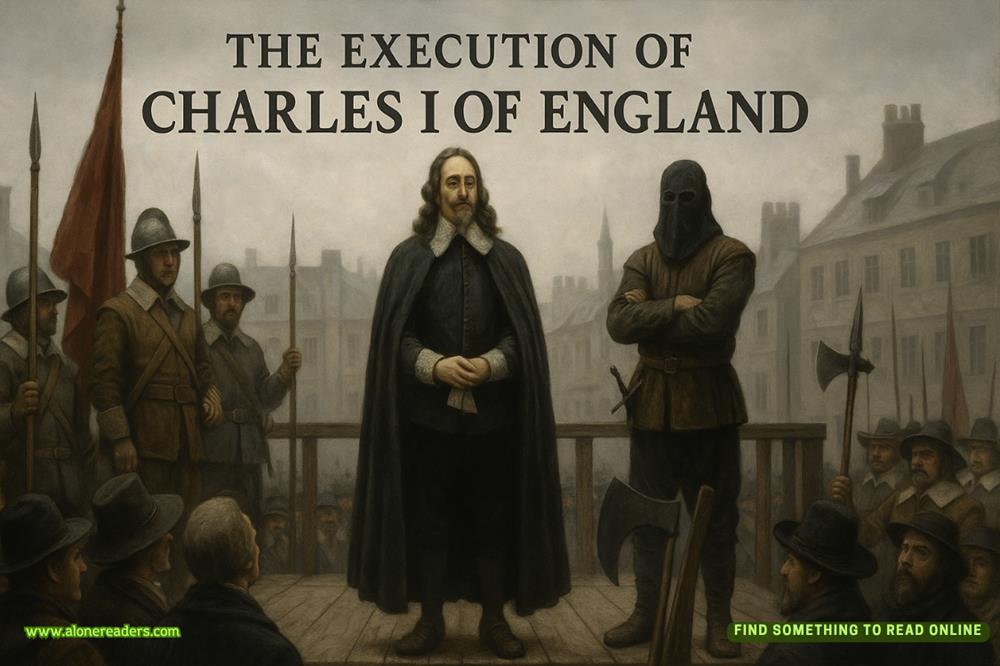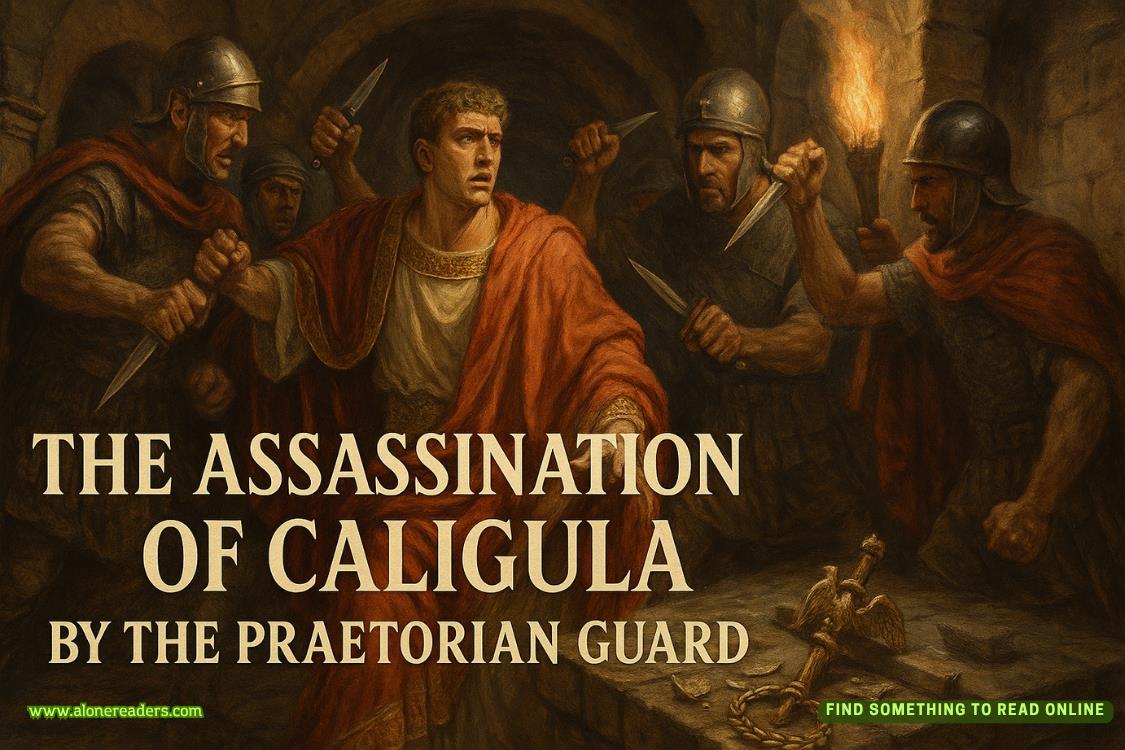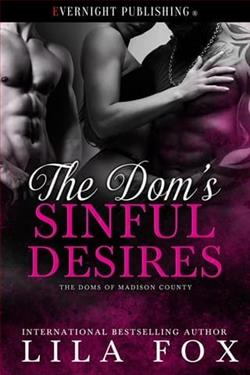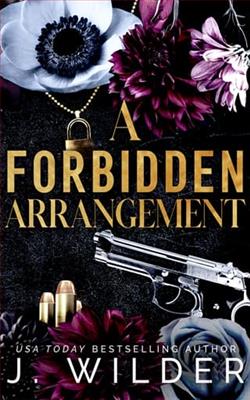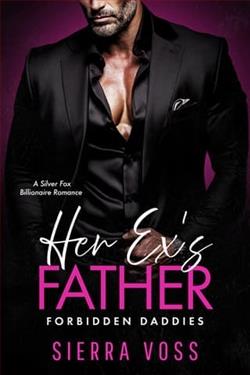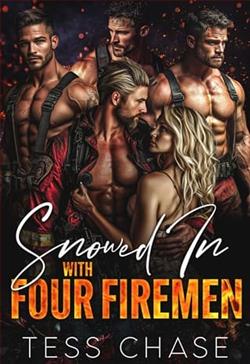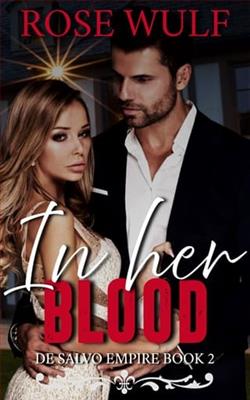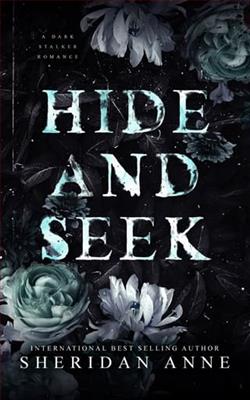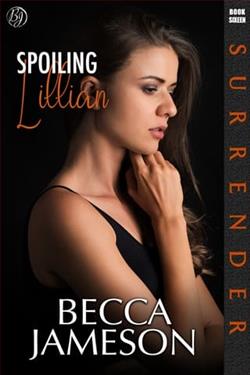Page 1 of Experimental Film
If one could only convey the strangeness of this world. A world without colour and sound. Everything here—the earth, water and air, the trees, the people—everything is made of a monotone grey. Grey rays of sunlight in a grey sky, grey eyes in a grey face, leaves as grey as cinder. Not life, but the shadow of life. Not life’s movement, but a sort of mute spectre.
—Maxim Gorky, 4 July, 1896
I need a world filled with wonder, with awe, with awful things. I couldn’t exist in a world devoid of marvels, even if the marvels are terrible marvels. Even if they frighten me to consider them.
—Caitlín R. Kiernan
The body is our first haunted house. We live in it. We haunt it. We are literally our own ghosts.
—Michael Rowe
Title Cards
You could argue—as I have more than enough times, as part of my Film History lecture—that, no matter its actual narrative content, every movie is a ghost story. A film’s production forms a time capsule, becoming a static window into a particular moment of a particular era. Even period pieces often tell you more about the times they were made in than the times they depict; think of Julie Christie’s quintessentially 1960s white lipstick and modified beehive hairdo in Doctor Zhivago, versus the semi-accurate vaginal wigs worn by the female slaves on Starz’s Spartacus series, to conceal the actresses’ actual routine porn star-level pubic waxing.
As time passes, the cast and crew go the way of all flesh, though their celluloid echoes remain—walking, talking, fighting, fucking. After enough time, every person you see onscreen will have died, transformed through the magic of cinema into a collection of visible memories: light on a screen, pixels on a videotape, information on a DVD. We bring them back every time we start up a movie, and they live again, reflected in our eyes.
It’s a cruel sort of immortality, I guess, though it probably beats the alternative.
Framing is where you make your most important narrative decisions, in film—that’s something else I used to impress on my students, or try to. What’s inside the frame versus what’s outside; what’s actually shown versus what’s only told.
Of course, what that means is that I’m already at a bit of a disadvantage here: this is a book, not a movie, so I can’t really show you anything. I have to rely on my words, and your imagination. I have to assume that you have one.
And yes, if you’re wondering—that is the sort of thing I used to say in class, far more than I should have. It may even be why I never got asked back after the Toronto Film Faculty, my old place of employment, finally reconstituted itself. I don’t know; I expect I never will. Life is full of these little lacunae, these empty places. Not every problem it sets is actually solvable, at least by you.
Begin with action, always, I’d tell them, which is pretty much Filmmaking 101, thou
gh you’d be amazed how few aspiring directors ever seem to have considered it. Set the scene. Every frame asks a question, even if what you first see onscreen appears to be completely static—intention already informs it, a series of choices. What do we see first; where am I, and what’s that? Why am I being shown it? What comes next?
What sort of movie is this going to be?
No film is ever entered into cold; packaging alone will always tell you something. Trailers, in particular, are notorious for pre-emptively shaping a movie inside your head, providing context for content—blatantly manipulating audiences by adding music (often not in the finished product), layering snatches of dialogue against each other to make you think three lines are one, even giving away whole plot twists while the announcer’s voice vies with the intertitles, each telling you what to feel, how, and when. Blu-ray and DVD boxes, on the other hand, are like Rorschach blots, relying on you to supply the mood. Every still provides a window onto another world.
Go small, therefore, and then smaller—smaller even than that. Think of these few paragraphs as a single frame, an aperture, a tumbler’s tiny hole. Stick in the key and watch it turn. Then watch whatever opens . . . open.
So: Where am I?
Some one hundred thirty miles, give or take, and almost three hours’ drive north from Toronto, an unnumbered rural route leads off of Highway 400 into a deeper part of the province’s back country: the Lake of the North District, between Midland and Huntsville—a region old, remote, and obscure enough it’s never needed a more elaborate name. Ten miles past Overdeere and three miles north of Chaste, just outside the town of Quarry Argent, lies an overgrown estate that reverted to local council ownership over eighty years ago. The empty manor house that sits silently at the centre of that estate is nearly a century old, built for Mrs. Iris Dunlopp Whitcomb by her doting husband, mining magnate Arthur Macalla Whitcomb. But no one calls it “Whitcomb Manor” or anything like that. Even on the application forms submitted to Heritage Canada to have it declared a historical site, it’s called, simply, the Vinegar House. And this is where we’ll start.
Why?
Because this is where something important happened to me, and since I am the protagonist—not the hero, never that—of this story, it matters that I tell you about it. Because it will set the tone, creating shock and suspense, before I double back to fill in character details and backstory. Because it will give you a taste of things to come, a valid reason to sit patiently through all of the exposition that unfortunately has to follow.
What comes next?
Well . . .
As to that, you’ll just have to wait, I guess. And see.
But Ms. Cairns, you ask, come on now, really. What sort of movie is this going to be? To which I can only answer, very simply—
Mine.
ACT ONE
FILM HISTORY
This all started a very long time ago for me . . . longer than even I could remember at the time, though since my mind is a black hole of influences, little that gets sucked inside its orbit ever fully escapes again. Because stories lie hidden inside other stories, and we always know more about any given thing than we think we do, even if the only thing we think we know is nothing.
For example, if I’d Googled Mrs. Whitcomb’s name at the beginning—not that I would have had any reason to—here’s what I would have gotten, probably on the very first hit, from Hugo J. Balcarras’s Strange Happenings in Ontario (Hounslow, 1977):
No account of Ontario’s classic unsolved mysteries can be complete without making mention of the presumably lamentable fate of Mrs. Iris Dunlopp Whitcomb, wife of Arthur Macalla Whitcomb, discoverer and owner of the now-defunct Quarry Argent Lightning-Strike Silver Mine. An avid amateur painter, photographer, collector of fairy tales, and life-long follower of the Spiritualist creed, Mrs. Whitcomb had led a hermit’s life since the tragically unsolved disappearance of her only child, Hyatt, who suffered from developmental disabilities.
Though his bed was first found empty one morning in early 1908, Hyatt Whitcomb was only declared dead seven years later, in 1915. Unable to persuade his wife to accompany him, Arthur Whitcomb relocated to Europe, where he funnelled the money from his mining concerns into the development and manufacture of munitions, perhaps anticipating the outbreak of World War I.
Meanwhile, electing to stay in their former home until she had proof of what had happened to Hyatt, Mrs. Whitcomb pursued comfort through the Overdeere-based Spiritualist congregation of medium Catherine-Mary des Esseintes, for whom she bankrolled an increasingly expensive series of public fundraising events and private séances. She also “took the veil,” affecting a variety of opaque and heavy full-body mourning, which covered her from her habitual broad-brimmed beekeeper’s hat to the hem of her skirts, dressing first in all black, then all grey, and eventually all white. Although acknowledged to be kind and pleasant in person, she became a figure of superstitious legend amongst the children of Quarry Argent, who viewed her approach with dread.
On the morning of Saturday, June 22nd, 1918, Mrs. Whitcomb surprised her attendants by calling for a motorcar. Wrapping herself against prying eyes, she demanded to be driven to the nearest train station, where she bought a return ticket to Toronto, waited an hour and a half for the train to arrive, then boarded. All she took with her was a sizeable, rigid leather case with heavy straps, the contents of which remain unknown.
After having her ticket clipped, Mrs. Whitcomb telegraphed ahead, informing the final station on her route—Toronto—that she would be arriving shortly, and expected to find food and lodging waiting. She gave no hint of the reason for her journey, and retired to her private compartment. This was the last anyone ever saw or heard of her. Thus she disappeared from both the train and from official record, completely and irrevocably.
(Reprinted by permission of the author.)
I interviewed Balcarras during my research phase, back when I was preparing to write . . . well, not this book, but the book I thought I was working on, at the time. He was in his late eighties, physically frail yet clear-eyed and alert, his enthusiasm for the topic wholly un-withered. He was only too happy to tell me why. “Because, you see,” he said, “there’s a lot more to Mrs. Whitcomb’s story, and I’ve always wanted to tell it—but I could never verify much, not directly, and Hounslow’s lawyers were sadly obsessed with backing things up via documentation. Still, there was a witness to Mrs. Whitcomb’s presence on that train . . . in a manner of speaking.
